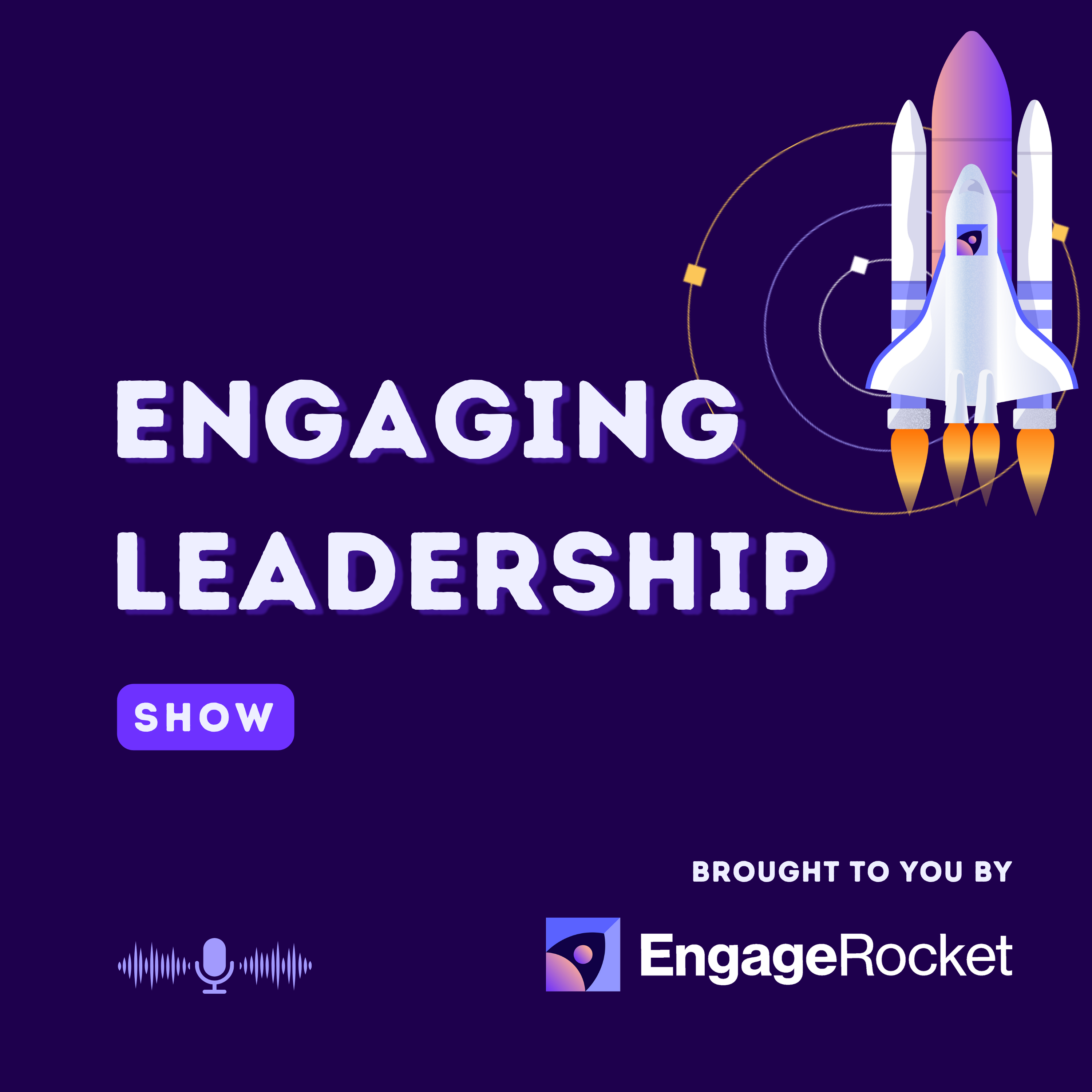How Building Active Listening Skills as a Manager Levels Up Your Employee Engagement
**Summary:**
One of the biggest mistakes managers make in one-on-one conversations is jumping too quickly into solutions mode. This leads to repetitive and unengaging conversations. To improve, managers should practice active listening by paraphrasing and restating their understanding. They should ask questions to draw out key details and encourage the employee to come up with their own solutions. Managers should also pay attention to their body language and demonstrate attentiveness. It's important to shut off distractions and focus solely on the conversation. Lastly, keep the agenda limited and focused to ensure in-depth discussions and engagement.
| **Timestamp**
| [0:00:00] | Managers often make the mistake of moving too quickly into solutions mode. |
| [0:00:49] | Active listening in one-on-one conversations involves paraphrasing and asking questions. |
| [0:02:04] | Pay attention to body language and demonstrate attentiveness. |
| [0:03:12] | Gain agreement on next steps and don't rush to the next item. |
| [0:03:39] | Keep the agenda limited and focused for more effective listening. |
| [0:04:09] | Effective listening is key to building an engaged culture. |
Transcript
Active Listening
[:As a busy manager or an HR leader, this is about the worst thing that you can have happened. If you're trying to keep your employees engaged, so what are some best practices that you can use to make sure that your one-on-ones with your employees and your direct reports are as meaningful and as productive as possible?
ly taking a beat and pausing [:One of the exercises that you can use is whenever you hear something from your direct report, you should get in the habit.
Of paraphrasing what you heard and restating your understanding of it. And that allows for you to, one, gather your thoughts, but it also allows for everybody to be on the same page. That will create some space for some conversation, and then once we, you've agreed that you're operating from the same dictionary, the next step is to.
Ask more questions about the situation that you heard, to draw out some key details or issues or even present some new ways of thinking that will be sparked by the questions that you ask. So rather than you getting into the habit of moving into solutions mode, you're in questions mode.
That allows the employee to [:A third way to make your one-on-ones more effective and demonstrate your ability to be a better active listener, is paying attention to how you show up and especially your body language. When you are in that conversation and if you have challenges when it comes to the eye contact component of it.
Certainly going back to rephrasing, taking notes and restating is gonna help demonstrate. Your investment in the conversation. The key thing is that you have to demonstrate your attentiveness. one of the best practices that I would recommend is that when you're in that one-on-one setting, shut everything else off so you're not distracted by other things that come in.
sort of stuff. Focus on the [:One other recommendation is once you've talked about a particular issue, this is not a race, so don't try to rush to the next thing make sure that you're gaining agreement on what the appropriate next steps are, what the action items are, the follow up schedule.
And then instead of going onto the next item, see based on that conversation, if there's even room to bring in another priority. One of the best ways to stay focused in these conversations is to keep it limited in terms of the content or agenda that you're gonna cover. If you have a 30 minute one-on-one or an hour one-on-one, and you have 10 agenda items, nothing's gonna get covered in depth.
ng to solve when it comes to [:It all starts with how effective you are from a listening perspective. Don't rush into solutioning. Focus on being present and attentive and demonstrating your understanding . And that will go a long way in helping you craft an elite organization. listening to what's happening around you. And being present is a key step in that process. So don't miss that in the busy day to day that you're facing.
Empower your managers, engage your employees, and they will help you build an elite team



